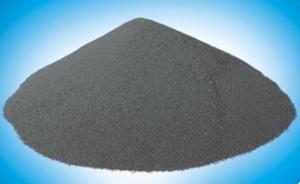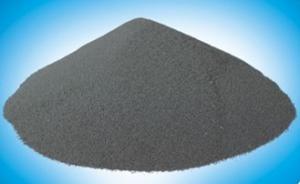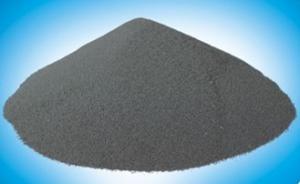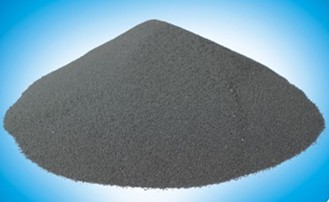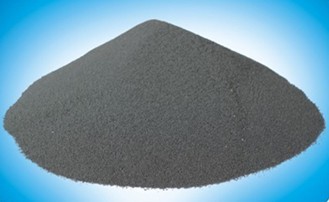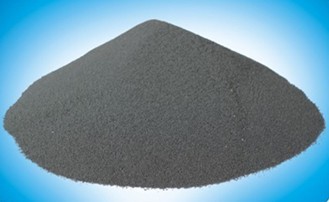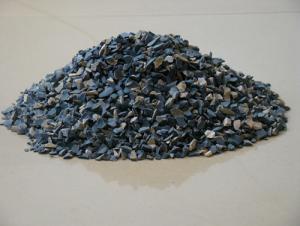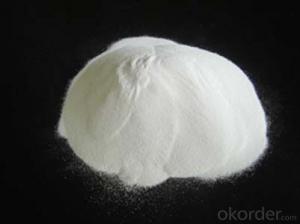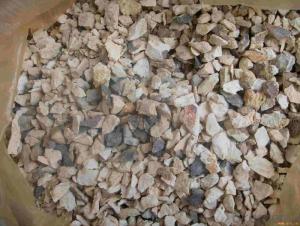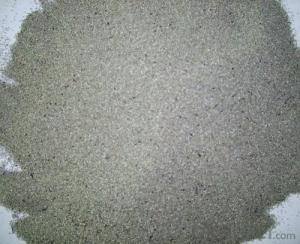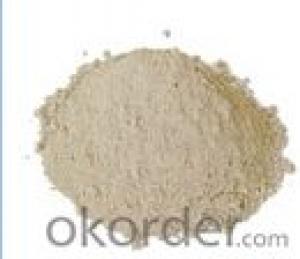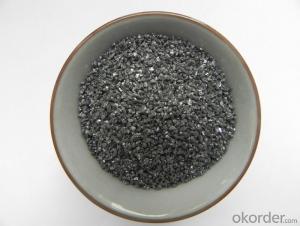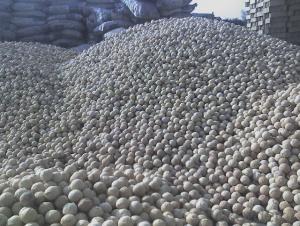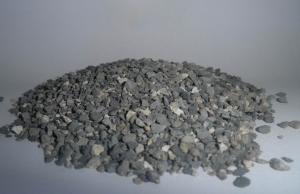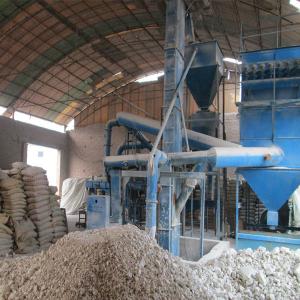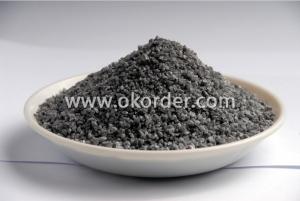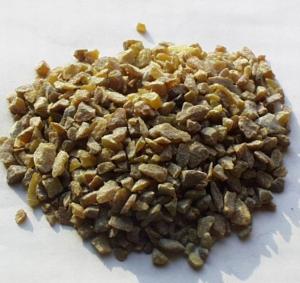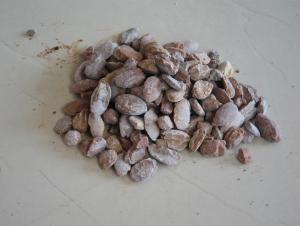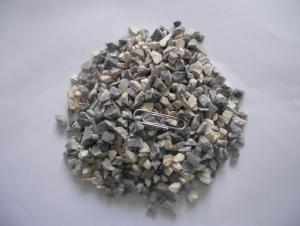High Carbon Steel Slab Continuous Casting Raw Materials for Refractory
- Loading Port:
- China Main Port
- Payment Terms:
- TT OR LC
- Min Order Qty:
- -
- Supply Capability:
- -
OKorder Service Pledge
OKorder Financial Service
You Might Also Like
Carbon steel slab continuous casting special slag
Product description
In order to adapt to the high performance liquid line low temperature, water of overheat steel casting the characteristics of small. I company targeted lower melting temperature, effectively control viscosity, make corresponding protective slag has the melting characteristics and stability of the heat transfer in speed, with carbon by choosing proper type, the implementation of the composite with carbon, slow down its surface is easily the decarburization speed, good effect.
The product model: LF-BRK-G
Applicable kinds: high carbon steel series-C quartile 0.35%
Applicable section: (150 ~ 250) mm... (800 ~ 1600) mm
Applicable drawing speed: 0.7 ~ 1.5 m/min
Main physical and chemical indexes are as follows:
water | <0.5% |
Particle size | 0.15~1mm>90% |
Cao/Sio2 | 0.90~ 1.35 |
Hemisphere point | 1000~1100℃ |
1300 ℃ melting speed | 20~30S |
1300 ℃ viscosity | 0.05~0.18Pa.s |
density | 0.5~0.9g/c㎡ |
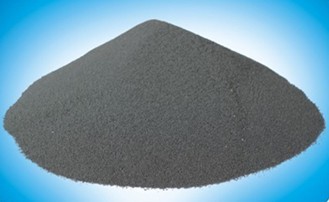
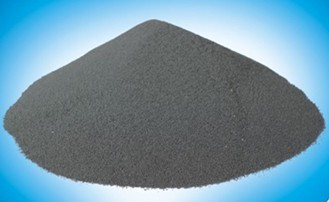
- Q: Preparation of refractory clay
- Is it to make refractories? Add some andalusite to the refractory mortar will improve the effect.
- Q: What is streaming fireproof material?
- Streaming fireproof material is castable refractory that can flow and degas without virbration, which is suitable for thin-wall or places that cannot be molded by vibration because of complex shapes. Well, appropriate amount of water is necessary for it. Its characteristic goes that it can be cast into various shapes of construction body without virbration and it will not reduce or not significantly reduce the performance of castable at the same time.
- Q: which kind of fire?bulkhead is better?
- I think fire bulkhead is good, fire bulkhead also known as non-combustible fire retardance board, and it's made by various incombustible?material after the scientific pressing, and has good flame resisting properties, it's non-combustible time can reach over 3 hours, high mechanical strength,it has characteristics of non-explosive, water and oil resistance, good chemical corrosion resistance and non-toxic.
- Q: The effect of a high content of water in liquid resin exerted on refractory material?
- For one thing, Substandard whiteness, transportation, low quality and the storage of refractory material may account for this. For another, a high content of moisture reduced the performance of refractory material. A high content of moisture is equal to buy water with same money in terms of trade settlement. Based on this, we can’t consider the super-standard water content from a single aspect, because the water content in refractory material is definitely super-standard, and another problem is particle size. Many people hold the idea that excessive amount of water content may revive its original performance, but it tends to have influenced the quality of refractory material.
- Q: what's the classification of fireproof materials?
- Fireproof materials are used in construction, in various forms and it has played an absolute role in modern fireproofing, common fireproofing materials include fireproof?panel, fire door, fireproofing glass, fire?retardant?coating, fireproof bag,etc Or the material itself has a high temperature resistance, heat-resistant, flame-retardant properties. Most of them are used for the construction industry.
- Q: What are the chemical composition of refractory cement?
- Calcium aluminate prepared by calcining as the main component. Aluminate cement takes bauxite and limestone as raw materials, alumina content of about 50% as the clinker. And it is a hydraulic cementing material made by grinding. Refractory cement is also known as aluminate cement.
- Q: Does anyone know what is a lightweight refractory material?
- I am ignorant of this!!
- Q: What are the components of refractory clay?
- It is different from non-cement castable refractories, which does not rely on the addition of cement for combination, instead it uses chemical binder. It is refractory castable (also known as chemical bonding castable). Non-cement refractory castable takes oxide or synthetic compound ultra-fine powder or oxide sol-gel which is similar to the chemical composition of material in tungsten castable. Since the use of superfine powder or sol as binder, it has low impurity content, and therefore the refractoriness and slag erosion resistance of the castable will not be reduced. Besides, the self combination in use can help to improve high-temperature structural strength. Non-cement castable refractory is made up of refractory aggregate and powder, superfine powder of oxide or sol, trace amount of dispergator (or anti-coagulant) and proper slow acting hardener. Non-cement castable is mainly coagulated and combinated by ultrafine powder of oxide or sol, therefore, it has certain requirements for ultrafine and sol. Ultrafine powder used refers to less than 1 / zm particles. Ultrafine powder used in non-cement castables are SiO2, Al2O3, Cr2zrOz, etc. SiO micro powder is often adopted, which is the dust recycled during the smelting of metallic silicon, ferro-silicon alloy, the generation process is as follows: This recycled SiO2 powder has an average particle diameter of 0.5 pM, and it is spherical with large surface area. It is amorphous substance with high activity, so it has good bonding strength. The sol used are mainly alumina oxide and silica sol. Silica sol is made by ion exchange of sodium silicate after Na ions are removed. It can also be made after hydrolysis of ethyl silicate. There are several ways of preparing alumina sol, the easiest method is to prepare by the reaction of metallic aluminum or alchlor with hydrochloric acid.
- Q: Graphite and other carbon materials may be oxidized to CO or CO2 at high temperatures. But why can they be refractories?
- There is no contradiction for this. Any substance can be combustible, but different materials have different ignition points.There are many types of graphite. Pyrolytic graphite has a much lower ignition point. Therefore, as long as it reaches at a certain temperature, it can convert into graphite. Mostly, in practical applications (such as brake pads will add a certain amount of graphite), graphite is required to have refractoriness of below 1000 ℃. Graphite can serves as both the combustible and refractory material. So, it can be used as a fire-resistant and high-temperature-resisrant material because graphite (lamellar graphite) has a ignition point of at least 3000 degrees in an oxygen free condition. The above information is for reference only and is offered by Xin Ruida Graphite Company.
Send your message to us
High Carbon Steel Slab Continuous Casting Raw Materials for Refractory
- Loading Port:
- China Main Port
- Payment Terms:
- TT OR LC
- Min Order Qty:
- -
- Supply Capability:
- -
OKorder Service Pledge
OKorder Financial Service
Similar products
Hot products
Hot Searches
Related keywords
